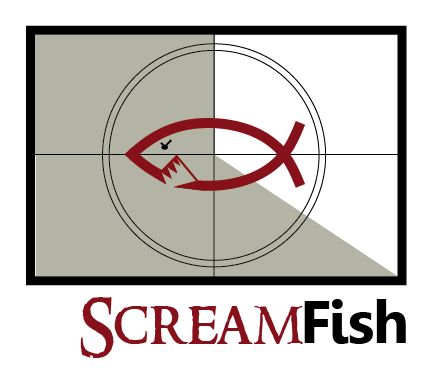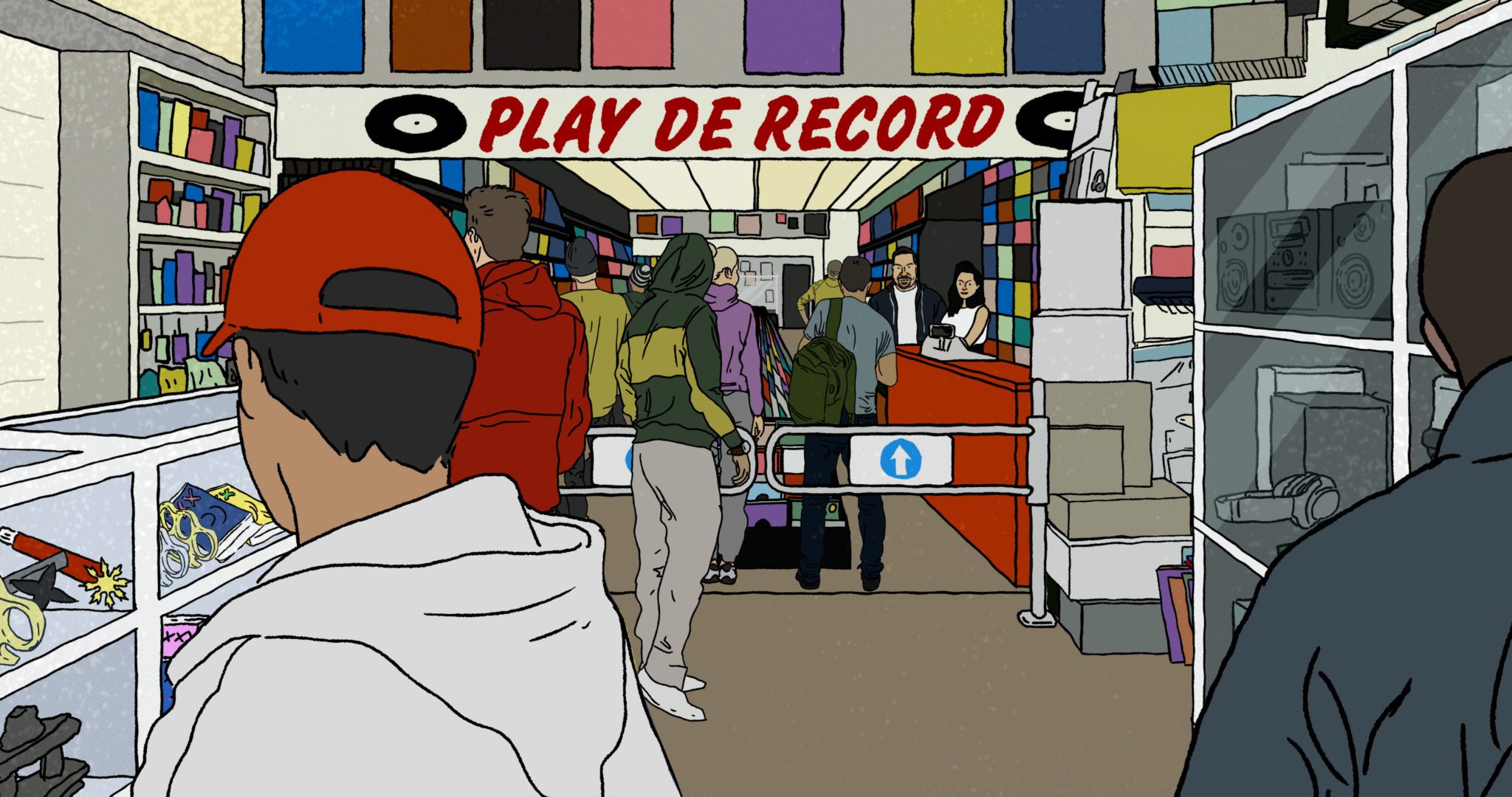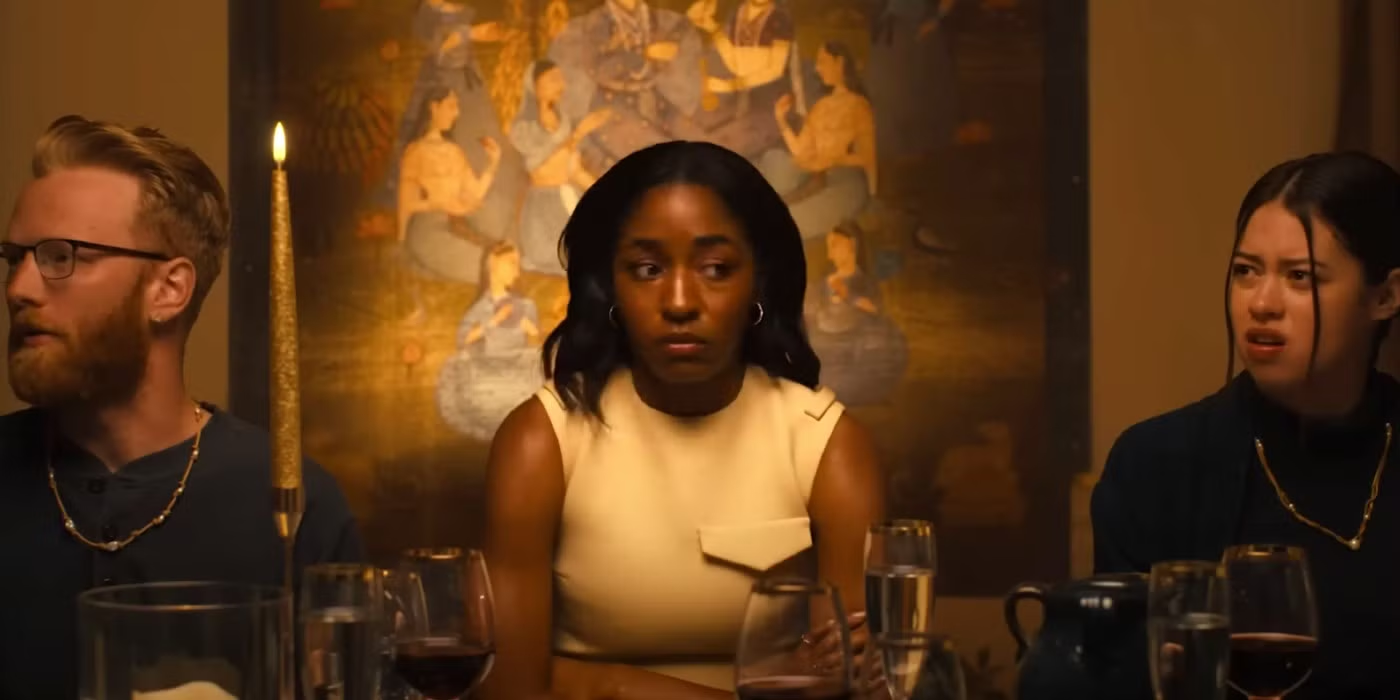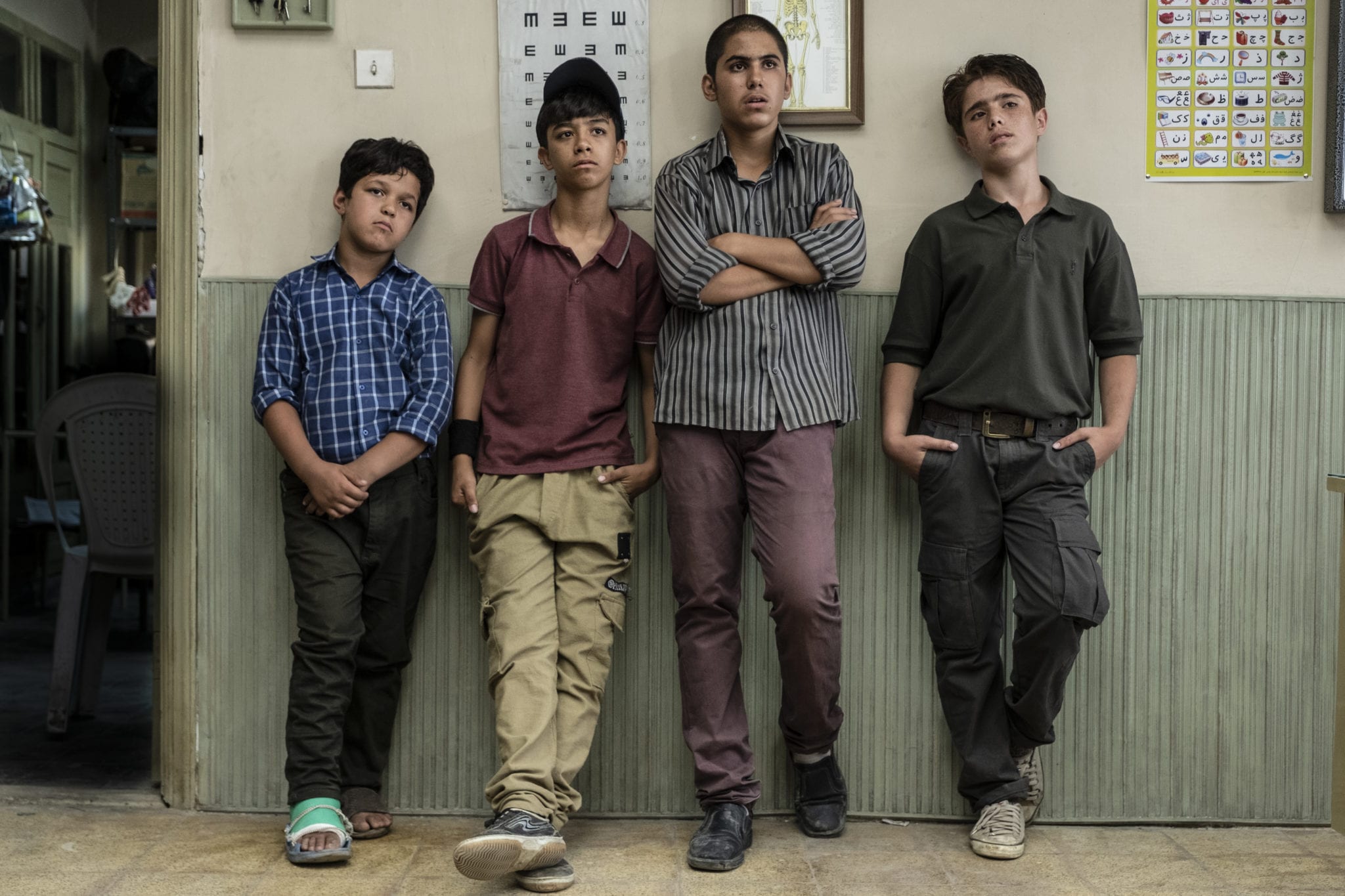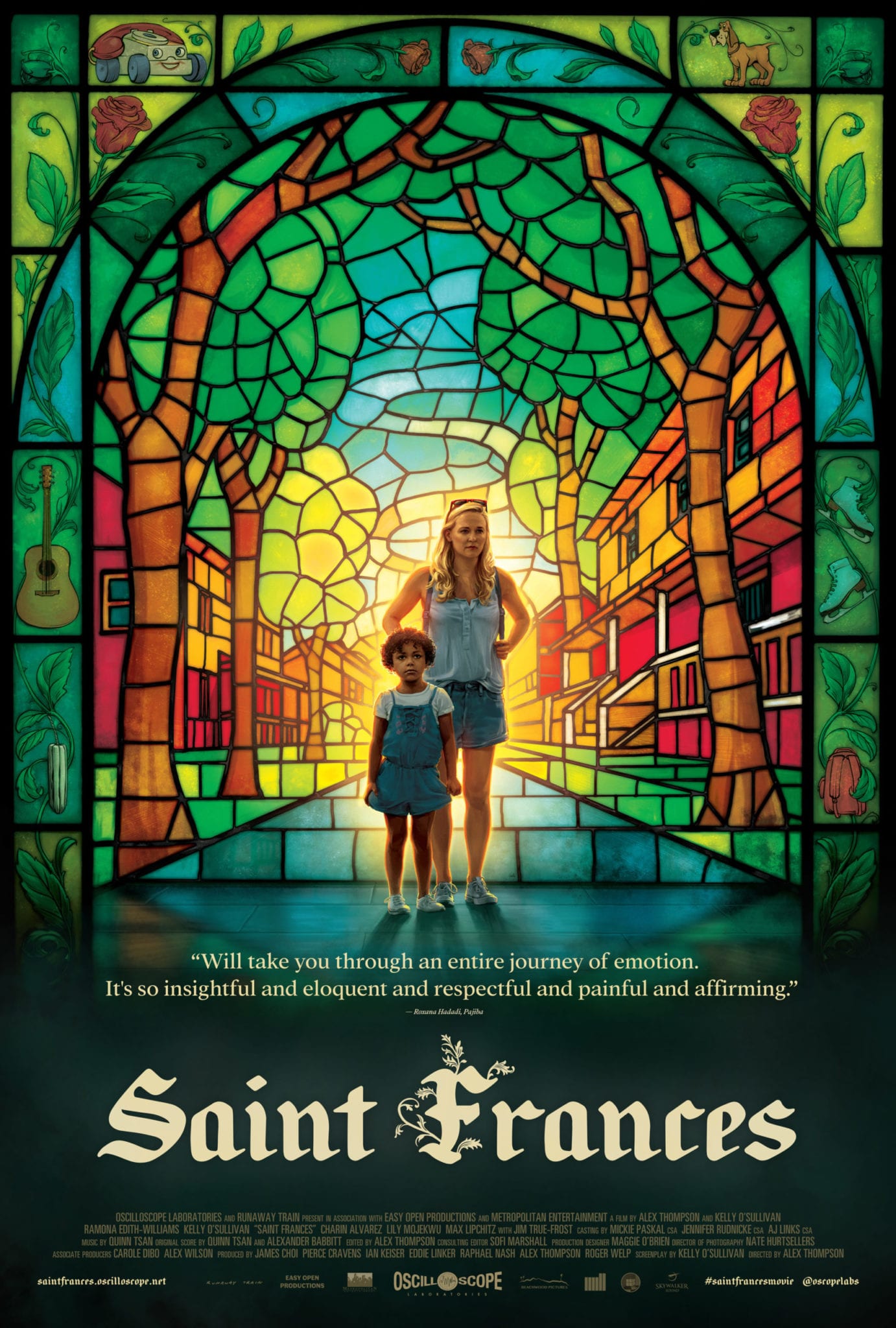When I was sixteen, I knew all about the holy trinity.
Dick Smith, the father.
Rick Baker, the son.
Rob Bottin, the…heir apparent.
Needless to say, my mother, the minister, was a little disappointed–and concerned.
But for a splatter-fiend sophomore, those FX gurus were gods incarnate.
Dick Smith began it all, with the groundbreaking makeup and mechanics of The Exorcist that shut down theaters and sent audiences scurrying for the bathrooms and exit doors. Smith begot Rick Baker, a Frankenstein fan who decked out his own home like the lab from that 30’s classic. Baker took monster making to a whole new level in the 80’s, and became THE FX artist every director and producer wanted to court. He would pass his knowledge on to his protege, Rob Bottin, who proved (in John Carpenter’s update of The Thing) that with a little latex and metal framing, you can make an alien who can burst open a German shepherd’s face, fling slimy tentacles from its flayed maw and then morph it into a chest-ripping spider-thing that can crawl up walls while pinioning its human host’s head atop its spiny thorax–you know, if you were into that sort of thing.
Cumulatively, these three men shaped the face of horror and sci-fi–literally–for 50 years. And for a quirky 16-year old in 1990, they fired a beacon of inspiration of what could be if you worked hard enough and the stars aligned just right.
Twenty-some years later, and my hopes of emulating their careers are long dashed, but my love for their work lives on. This week, ScreamFish celebrates Baker’s crowning FX achievement–An American Werewolf in London. There are simply no better, more brutally beautiful werewolf transformation effects or makeup out there, even nearly 40 years on. The effects look so real, you feel sorry for not only everyman character David Kessler, but his real-life actor persona, David Naughton. Gone are the simple time-lapsed, hair-splices and fang-fills of Lon Chaney’s Wolfman. They’re replaced by the excruciating bone-bending, joint-popping, snout-sprouting Baker-tricks that leave your own jaw hanging by a loose thread. It’s amazing work for a pretty darned stellar film–still ranking with most horror fans as one of the seminal works of the lycanthropian genre. And it still holds the top were-fare spot in your humble narrator’s heart.
Don’t even get me started on the lupine Luftwaffe…
Should you ever find yourself trawling your local video store (do they still have those?) for the wonderfully entertaining 1981 John Landis horror/comedy, An American Werewolf in London, then find yourself taking said film home, firing it up and subsequently searching for the faith-based theme hidden amongst its moors and mayhem, you need look no further than the first twelve minutes.
But stopping there would do yourself a great disservice.? Because there’s a really fun movie on the other side of that quarter hour.
It’s no easy task to make horror funny.? All too often, it comes off feeling schlocky or juvenile.? Not so in Landis’ experienced hands.? Known for comic gems like Animal House, The Blues Brothers, Trading Places, Three Amigos, Coming to America, etc., etc., etc., Landis proved that a little levity goes a long way in Werewolf, making even some of the film’s most gruesome bits the most memorable by adding a well-timed laugh.
Despite his Who’s Who of hits, it was the the creepy comedy of Werewolf that garnered him his one and only Oscar (a win for makeup FX genius Rick Baker, who created the be-all and end-all werewolf transformation scene that still eclipses any modern CGI effort.? It was also the first movie to win the Academy Award for Best Makeup–a category created the same year as Werewolf‘s release, undoubtedly, as an attaboy to Baker).? The story is simple, the performances genuine and never overplayed.? There’s just enough–just enough suspense, just enough gore, just enough humor–to make not only a plausible monster movie, but a highly enjoyable one, too.
American collegians David Kessler (David Naughton) and Jack Goodman (Griffin Dunne) are backpacking across the English moors and decide to venture into a tiny local tavern called the Slaughtered Lamb to escape the cold.? Inside, the locals turn a harsh eye to them, giving them the cold shoulder save for a few curt replies and gruff remarks.? When Jack notices a pentacle scrawled on a far wall and makes the seemingly understandable inquiry about its origins, the tavern patrons clam up quickly, suggesting the Yanks travel onward just as a howl pierces the evening chill.? They depart with an ominous warning from the natives: avoid the moors and stick to the roads.

As the friends resume their hike, their conversation quickly steals their attention and too late they realize they’ve wandered from the path (hey, wait, maybe there’s more than one Christian theme here).? A grizzly roar suddenly seems to assault them from all sides and before they can flee, a werewolf attacks, fatally mauling Jack.? David runs, leaving Jack to fend for himself, before guilt forces him to return.? But he’s too slow to help and as he watches Jack die, the creature pounces.? It rakes David’s face and gnaws his shoulder, but just as it moves in for the kill, the locals from the tavern make like the calvary, blast the creature with a shotgun and kill it instantly.? Dazed from the attack, David looks over to find his assailant transformed back to a very human, very bloody Brit.
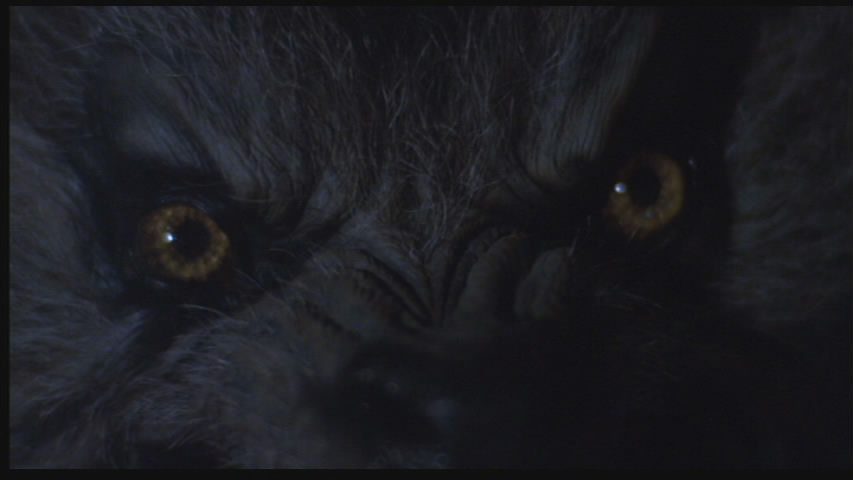
David wakes in a London hospital, a doctor disclosing that it’s been three weeks since his arrival. ? David becomes belligerent when he learns of Jack’s death and the doctors are forced to sedate him.? Later, when he’s visited by the local authorities and a member of the U.S. Consulate, David recounts the attack, alleging that a large animal was responsible.? But the police inspector reports that the locals who saved him claim he and Jack were the victims of a recently-escaped murderer.
David is soon plagued by odd nightmares as his dream-self prowls naked through the woods.? When he discovers a bed in the middle of the forest, he looks down to find his own face–now monstrous and fanged–staring back.? A mutilated Jack soon begins to haunt him as a wisecracking ghost of Werewolf Death’s Past, and reveals that they were, indeed, victims of a lycanthrope.? He warns David that unless he kills himself, he too will become a wolfman.? David wakes, figuring the dream for more hallucination than harbinger, based upon his recent trauma.
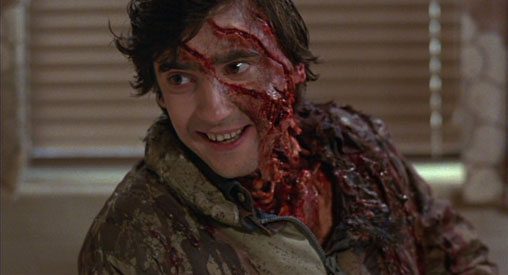
But when he starts waking up naked in public–and the next full moon rolls around–David realizes that even in death, Jack is sometimes smarter than he looks.
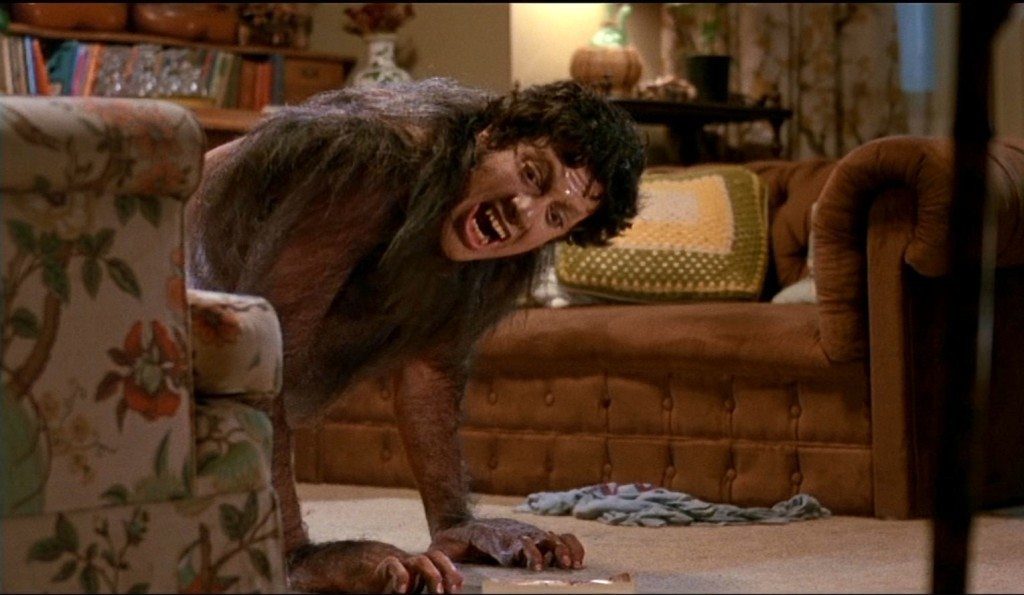
Much like the locals in the Slaughtered Lamb (again with the Christian symbolism?), believers often refuse to acknowledge the wolf at the door.? We see the threats that challenge our beliefs and/or traditions but dive headfirst into the peat like the rare highland ostrich (which, incidentally, are prodigiously more abundant than werewolves).
Admittedly, it’s a fine line.? How do we show strength while remaining humble?? How do we defend without attacking?? How do we stick to our guns without drawing them?
We’re called to have an opinion…and a backbone.? The fence, Revelation reminds us, is no place to take a seat.? In that book, the church in Laodicea gets called on the carpet for not taking a stand to act like the Christians they’d become.? “I know your deeds, that you are neither cold nor hot; I wish that you were cold or hot.? So because you are lukewarm, and neither hot nor cold, I will spit you out of My mouth.” (Revelation 3: 15-16)
Scholars tell us that Laodicea was a prosperous seaport city located on the banks of the river Lycus.? It was reportedly a rich province, the bulk of its wealth coming from wool production thanks to an abundance of black sheep (a sermon, in and of itself).? But despite their prosperity, the Laodiceans were judged as “poor” and “wretched” for their indifference to the faith and the commitment it required.
Just like the Laodiceans, we, too, will be judged.? If we truly love Jesus, we must be willing to champion our beliefs, and his mission, in our own world.? And sometimes that will likely mean that we may have to step on a few toes and possibly even end a couple of friendships.? Sometimes it may mean we have to rally a cause or start a grass roots movement or love the unloveable.? Maybe it means we have to clothe the naked and feed the hungry and visit the prisoner.? Maybe it means we have to actually walk the talk.? Maybe it means we have to put some action to our faith.
Maybe it means we have to actually be Christians.
It’s not good enough to sit back and act like the threats–whether they be immorality, or oppression, or injustice or poverty or persecution–aren’t real.? We must act; we must take a stand, but we must realize the fight is inevitably His.? And it is only through His love–our primary weapon in the trenches–that we shall slay the beast.
I’ll take that over a silver bullet any day.


